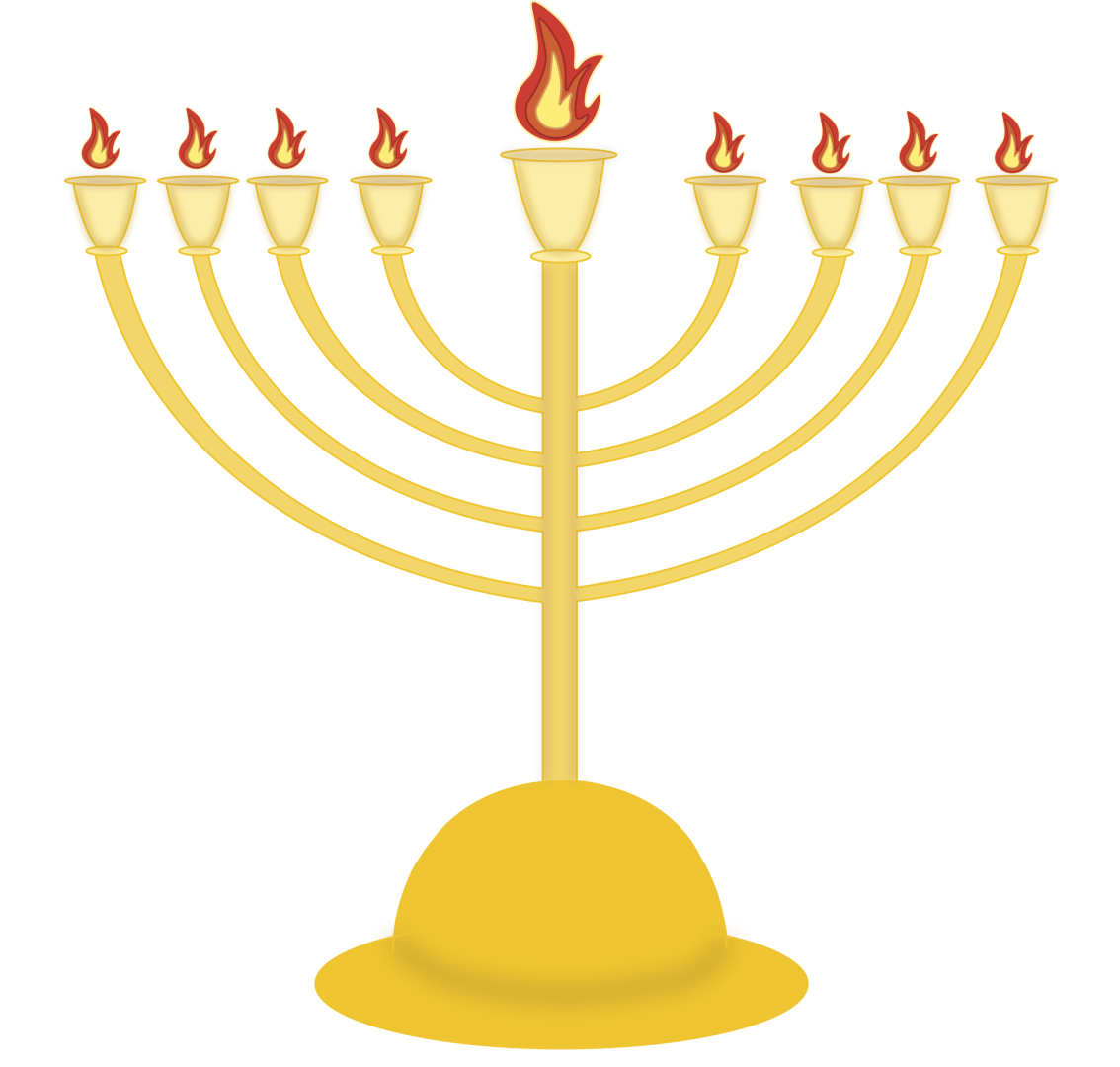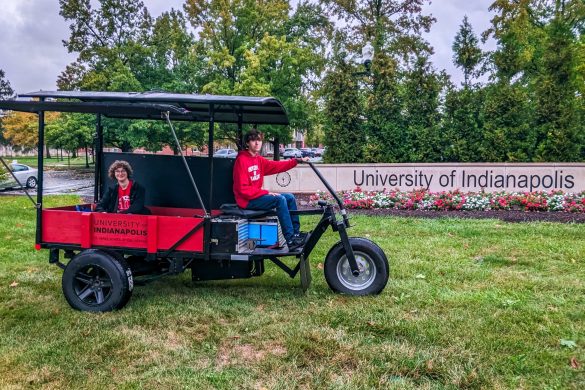A cultural and religious holiday for the Jewish faith, Hanukkah is celebrated to remember a fight to regain religious freedom.
Hanukkah lasts eight nights and begins on the 25th day of Kislev, the ninth month of the Hebrew calendar, according to Royal Museums Greenwich, which can vary in dates between November and December. This year, Hanukkah will begin as the sun sets on Dec. 25 and continues until sundown on Jan. 2.
There are nine candles on the menorah, eight of which represent one day’s worth of oil. The ninth candle is called the “Shamash,” meaning “helper,” which is used to light the other eight candles of the menorah.
“The candles are placed in the menorah from right to left, but are lit from left to right,” and “the blessings are said before the candles are lit,” according to My Jewish Learning. The menorah is then placed in a window so it is visible.On each of the eight nights a candle on the menorah is lit.
“The ancient menorah had seven branches — one for each day of Creation — and it burned in the Temple in what was then Judea, a small area caught in the middle of conflict between the Egyptian empire and the Greek-Assyrian empire,” according to Dartmouth’s website.
Today, there are many traditions people partake in to celebrate the holiday such as lighting the menorah, eating fried foods and playing the dreidel, to name a few.
Playing games with a dreidel is a popular and historic game often associated with Hanukkah, according to the Library of Congress Blogs. On each of the four sides of the Dreidel are words in Hebrew: “Shin” meaning add, “Nun” meaning do nothing, “Gimmel” meaning to take the entire pot and “Hey” meaning to get half the pot, according to My Jewish Learning. To play the game there is a pot used to hold objects such as chocolates, nuts or buttons. According to CBC Kids, each player gets 10 to 15 pieces to play with and takes a turn spinning the dreidel. Each player puts a singular piece into the pot. Whichever side the dreidel lands on determines what the player does.
Some of the foods enjoyed on the holiday include Latkes, brisket, Sufganiyot and more. Latkes, a popular dish, are fried potato pancakes. Sufganiyot is another popular food and is a sweet fried treat similar to a doughnut.
Another tradition coming from Eastern Europe during the nineteenth century is “gelt,” a Yiddish word that translates to money. By the 19th century, Jews in Eastern Europe started giving coins directly to children in their family as Hanukkah gifts, in what was likely an interpretation of the earlier custom. Those who immigrated to America brought the tradition with them, according to History. Today, it is common to give children chocolate gelt packaged in gold wrapping.
While this celebration has a religious background, it has evolved into a cultural holiday for secular Jews, especially in America, as it is not specifically mentioned in the Torah, according to Henry Ford College. It enabled the remembrance of defeating the Greek army that persecuted the Jews, reclaiming the Second Temple of Jerusalem and relighting the menorah, but in modern times has become more of a “Jewish Christmas,” according to the Union for Reform Judaism.



